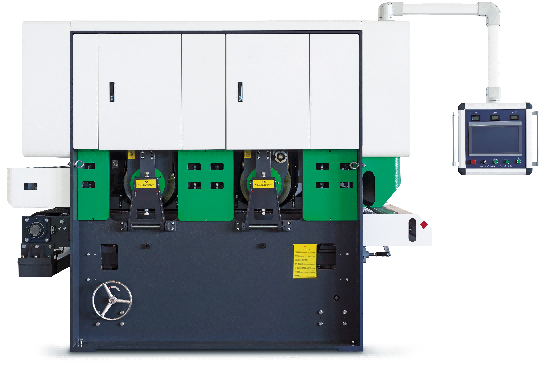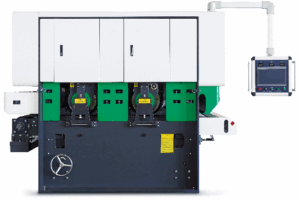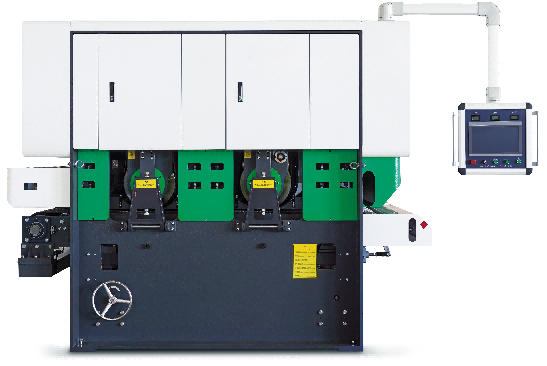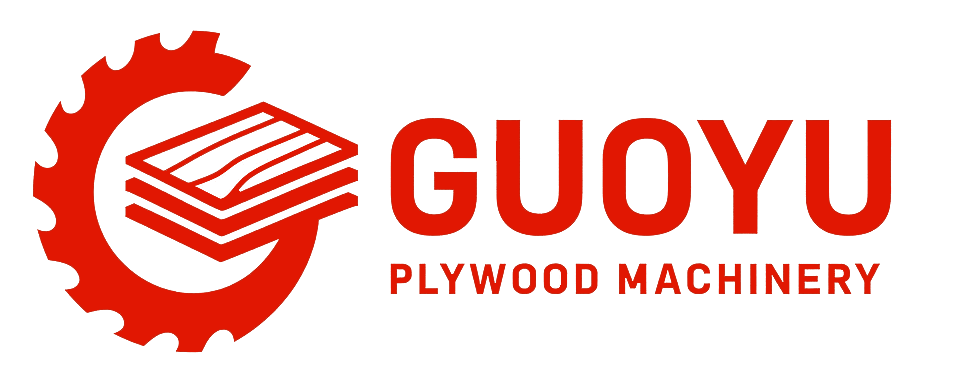

Working width: 40–1300 mm
Working thickness: 3–80 mm
Working length: ≥750 mm
Sanding belt speed: 24 m/s
Feeding speed: 5–40 m/min
Sanding belt size: 1340 × 2800 mm
Diameter of contact rollers: 400 mm steel roller, 400 mm rubber roller
Total motor power: 142.5 kW
Main motor power: 75 kW, 55 kW
Feeding motor power: 11 kW
Lifting motor power: 0.75 kW
Brushing motor power: 0.75 kW
Voltage requirement: 380 V, 50 Hz, 3 Phase
Working air pressure: 0.55 MPa
Compressed air consumption: 0.12 m³/min
Suction speed: 25–30 m/s
Volume of suction: 23,000 m³/h
Overall dimension: 3300 × 3000 × 2450 mm
Net weight: 11,000 kg
Sanding roller bearing: NSK
Bearing with seat: FSB
Pneumatic components: AirTAC
Photoelectric switch: OMRON
Limit switch: CHINT
Main motor: Huali
Reducer: DONLY
PLC: DELTA
Frequency converter: SHIHLIN
AC circuit breakers and contactors: CHINT
Steel roller processing: Shaft head forging, High frequency quenching
Rubber roller processing: Wear-resistant rubber roller
Bearing box: Ductile iron
Calibration sanding is the process of using the sanding machine to level the board to precise, uniform thickness.
It is not just about making the surface smooth, but about removing excess material to ensure consistent thickness.

Steel Roller
Rubber Roller
Composite Roller (Steel Core + Rubber Layer)

Hi, I’m Luna, Head of Sales at Guoyu. My team and I would be delighted to learn more about your specific requirements and support your plywood production.




*We respect your confidentiality and all information are protected.


I’m Leo, the head of sales team at E-abel. Me and my team would be happy to meet you and learn all about your business, requirements and expectations.



*We respect your confidentiality and all information are protected.

lunamachines@outlook.com
Yitang Industrial Zone, Lanshan District, Linyi City, Shandong Province, China



*We respect your confidentiality and all information are protected.

Hi, I’m Luna, Head of Sales at Guoyu. My team and I would be delighted to learn more about your specific requirements and support your plywood production.


